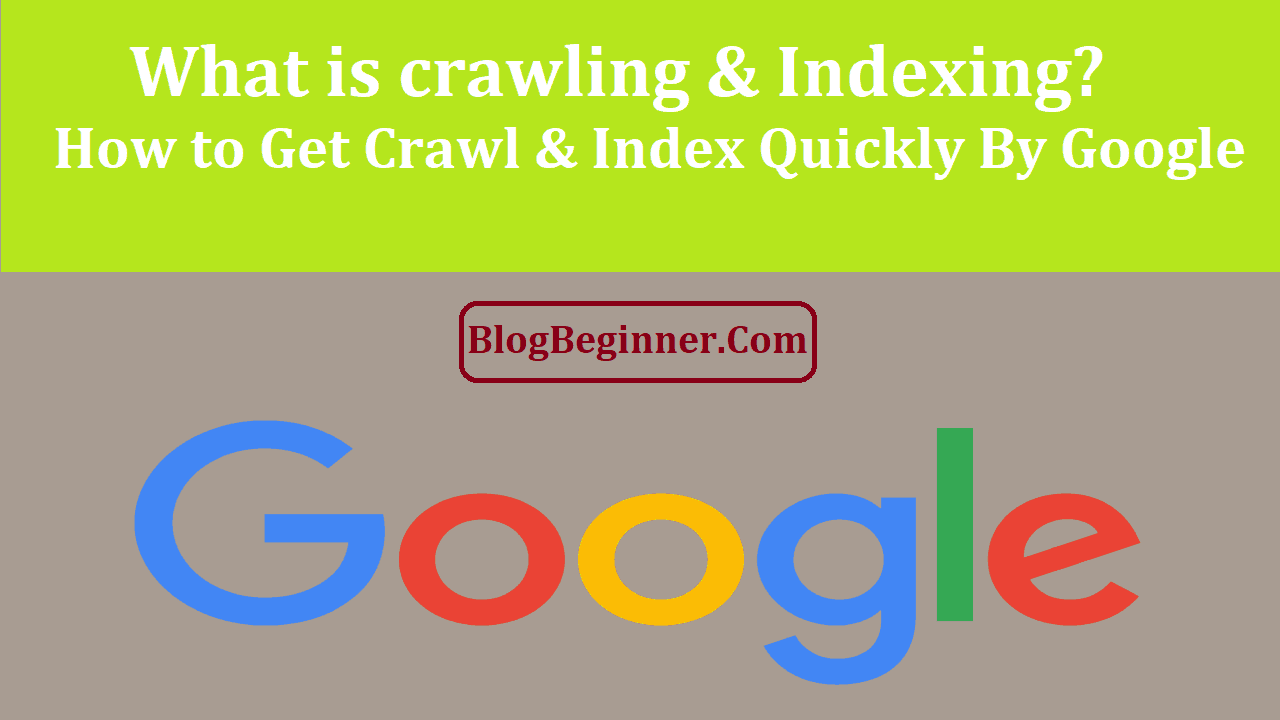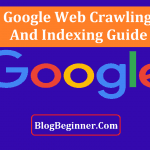Google bots, or spiders as some people call them, are parts of a search engine that crawl over websites and determine what gets added to search results (read: indexed).
In this article, we’ll discuss how these bots decide where to crawl, what to index and why they might not be doing it.
Before we continue, we have to note that Google does not guarantee our website will be crawled or indexed. This is an automated process that uses a computer algorithm.
Contents In Page
What is crawling?
When bots get on any page of our blog, they “crawl” across the rest of our website using internal links.
This might not happen instantly, as Google has to consider certain factors and ranking metrics before crawling, such as the number of backlinks, page rank, etc.
Factors that affect crawling:
The more links leading to our blog, the more trustworthy we are in the eyes of a search engine. Similarly, if we have good rankings but not that many backlinks, search engines may assume our page contains low-quality content.
- Internal Linking –
Otherwise known as deep-linking, it’s considered a valuable practice for both SEO and maintaining active users. People suggest that using the same anchor text within the same article helps with deep crawling.
- Domain name –
The latest Google updates have increased the importance of a good domain name. Domains that include the main keyword are given larger attention.
- Meta tags –
Using non-competitive and unique meta tags will ensure we get higher rankings in search results.
- Pinging –
We should make sure to add all of the main ping sites to our blog. This will inform search engines about our website’s updates.
Now that we have the attention of Google bots, it’s time to make their job easier by:
Using a sitemap
A sitemap is an XML file that contains links to all pages on our site. Submitting a sitemap allows Google bots to navigate across our entire website.
Bear in mind that this doesn’t guarantee your page will be crawled. Instead, it gives Google bots the ability to see deep into your website.
Tip: Placing your sitemap link at the footer of the website ensures the bots will see and follow it.
Furthermore, Google bots do not possess unlimited resources, and if they can’t crawl across all the pages on our website, they will just stop. This will significantly hinder our indexing chances, which is why we use robots.txt.
Using robots.txt to guide Google bots
Robots.txt is a universal standard for websites, just like sitemap.xml, and it resides at the root of a domain. We use it to set rules for bots and where they can crawl.
You don’t want Google bots to waste their crawling resources on pages that are not useful to search engines. For example, your admin folder, dashboard and alike.
This will not only speed up the crawling but also give you the power to point the bots towards more important parts of your blog.
What is indexing?
Certainly, indexing is what comes after crawling. In SEO terms, it refers to search engines keeping a record of your pages and adding them to the search results.
It is important to note that after crawling, our site may or may not be indexed. It all depends on a multitude of factors and whether or not Google feels like our website is worth it.
Nevertheless, we also have a bit of control over which pages we want to be indexed or not. We can influence this by using index and noindex meta tags.
Certainly, a good strategy for ranking higher in search results is having the most vital parts of our blog indexed. There is no need for indexing somewhat useless pages like categories, tags, feeds, etc.
These pages can also cause major issues for us, as a result of improper indexing.
Some of the most common issues with indexing are:
Content/post duplication:
One of the biggest issues with blog SEO is post duplication. This problem arises if we leave certain pages (categories/tags/feeds) as do-index.
Google then sees the same post, but with multiple URLs, and it can’t know which of those links is the correct, direct one.
What can happen then is that Google can index an indirect URL and leave out the one leading to the original post.
We’ve noticed this happen a multitude of times during our years of browsing the Internet, and it has generally left us dissatisfied.
Being directed to a feed/category page after clicking a post link, and then having to scour the website for that same post is never a fun activity. You usually just feel bummed out and lose your interest in the website.
Similarly, post duplication can present itself in another, more malicious, way. For example, posting the same article a number of times, or copying content from other websites frequently.
However, modern search engines have a way of detecting such behavior, so this can result in a ban from indexing, i.e., showing up in search results at all.
Weak content
Search engines reward original, high-quality and strong content. Most importantly, placing a strong emphasis on grammar, originality and frequent updates is an incredibly worthwhile strategy.
People like well-organized and sleek websites.
So, as we update our blog frequently and we generate a great number of backlinks, our page authority will grow, and we will get crawled and indexed faster.
In conclusion
We’ve covered the basics and even dove into some techy stuff in this article.
In the end, it all comes down to making our blog look appealing to these algorithms, which shouldn’t be a problem now that we know how to optimize it to the best of our ability and interest.
Key things to remember are:
- Be patient; Google bots take their sweet time while crawling and indexing.
- Stay true to yourself, as people love new and exciting original work.
- Utilize the tools at your disposal, as optimization was never easier.




![How To Increase Google Search Crawl Rate Of Website[Tips & Methods] How To Increase Google Search Crawl Rate](https://www.blogbeginner.com/wp-content/uploads/2019/03/How-To-Increase-Google-Search-Crawl-Rate-150x150.png)


![How to Get Google Adsense Approval Fast: [Trick & Method] how to get google adsense approval fast](https://www.blogbeginner.com/wp-content/uploads/2019/03/how-to-get-google-adsense-approval-fast-150x150.png)
